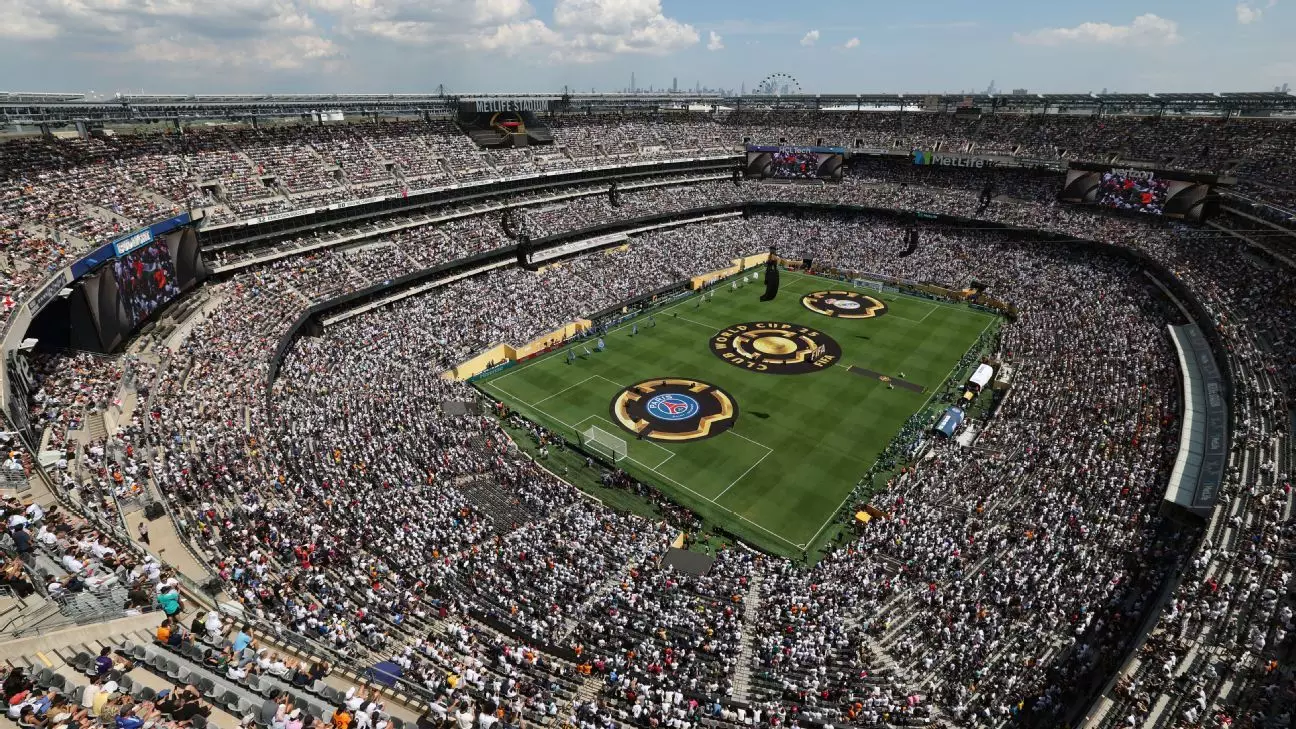In recent years, North American soccer has often been relegated to the status of an underdog—a passionate but somewhat peripheral player on the international stage. However, the conclusion of the Club World Cup marks a remarkable turning point, signaling not just growth, but a bold reclaiming of global relevance. This event shattered long-held stereotypes about the region’s soccer prowess, presenting North America not as a mere supporter of the beautiful game but as an active, influential competitor capable of challenging the global hierarchy. The palpable excitement, record attendance, and competitive performances during this tournament challenge the notion that European clubs dominate unchallenged, spotlighting the market’s readiness to embrace and elevate international football.
Beyond the Scores: A Cultural and Commercial Revolution
The tournament wasn’t solely about the results—though those were impressive in their own right. It was an audacious assertion that American and North American soccer cultures are evolving into dynamic platforms for global engagement. Over three million fans attended matches, an unprecedented feat that underscores the region’s growing passion. This is not just a fleeting surge of interest but a testament to the deepening roots of soccer in everyday life, corporate sponsorships, and media coverage. It’s a cultural shift, gradually transforming the perception of the sport from a secondary entertainment to a primary sporting passion. The diversity and vitality displayed by the crowds epitomized a new generation of soccer enthusiasts who are eager to see North America as a true contender.
Stadiums, Infrastructure, and the Road to 2026
Hosting a major tournament is a complex logistical challenge, yet North America rose to the occasion with impressive resilience. The event served as a real-world test case for stadium readiness and operational efficiency ahead of next year’s FIFA World Cup, co-hosted by the United States, Mexico, and Canada. Despite facing hurdles like rapid stadium conversions and unprecedented ticketing procedures, the organizers demonstrated adaptability and professionalism. This event provided invaluable experience in managing large-scale international competitions, showcasing stadiums that will host the world’s greatest players and fans in a few months. The success of these venues augurs well for the continent’s ability to deliver world-class tournaments, reinforcing the region’s credibility as a premier host.
The Rise of North American Clubs on the Global Stage
Individually, North American teams made powerful statements. Inter Miami’s historic victory over Porto echoed deeply across the soccer world, shattering the misconception that MLS teams are mere participants rather than contenders. Meanwhile, LAFC and Seattle Sounders’ performances demonstrated the growing tactical sophistication and resilience of domestic clubs. These achievements are significant not just as isolated wins but as a symbol that the domestic league has matured enough to produce genuinely competitive teams capable of challenging traditional European powerhouses. This progress instills confidence that North America’s soccer infrastructure and talent development systems are bearing fruit.
Challenging the European Dream and Fostering New Leaders
While European clubs unsurprisingly remain dominant, the tournament exemplified that emerging leagues and clubs can rise, forge new identities, and contribute to a more multipolar global soccer landscape. Brazil’s vibrant leagues, MLS’s upward trajectory, and other South American circuits showcased their capacity to stand tall, offering fresh narratives to the global audience. This diversification signals a healthier, more competitive future for international football—one where power isn’t concentrated in Europe alone. It’s a push for parity, innovation, and recognition that North America is not just an audience but an active participant shaping the sport’s future.
Looking Forward: A Future Fueled by Ambition and Innovation
This event was more than a tournament; it was a declaration of intent. Both organizers and fans now understand that North America can host, compete, and inspire at the highest levels. The lessons learned, the momentum gained, and the growing infrastructure investments all point toward a future where the region is a true powerhouse in global soccer. With the right vision, continued innovation, and unwavering passion, North America’s soccer renaissance is poised to accelerate, challenging existing hierarchies and redefining what it means to be a soccer superpower. The stage is set for an exciting, transformative chapter—one fueled by ambition, resilience, and an unyielding desire to excel.

